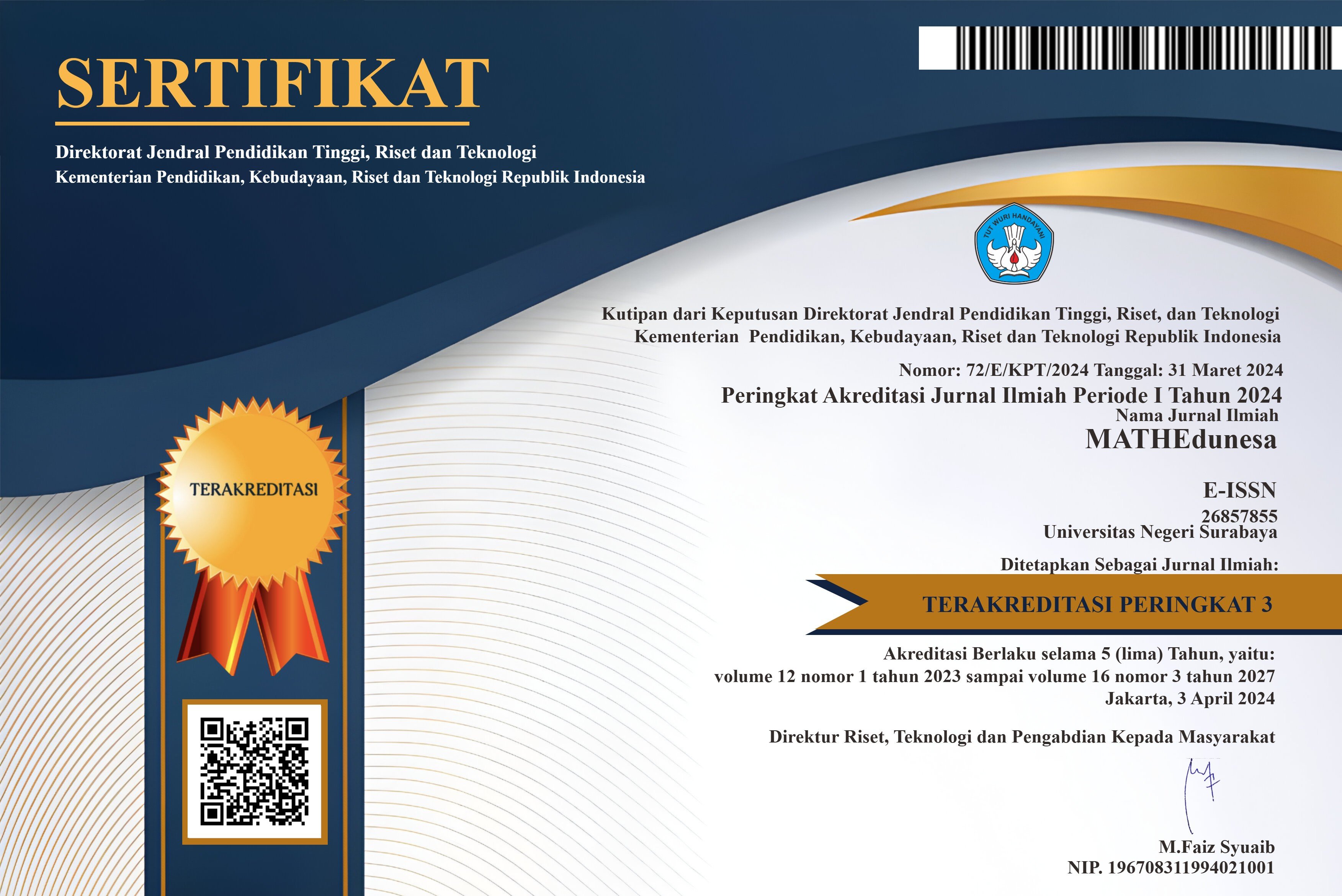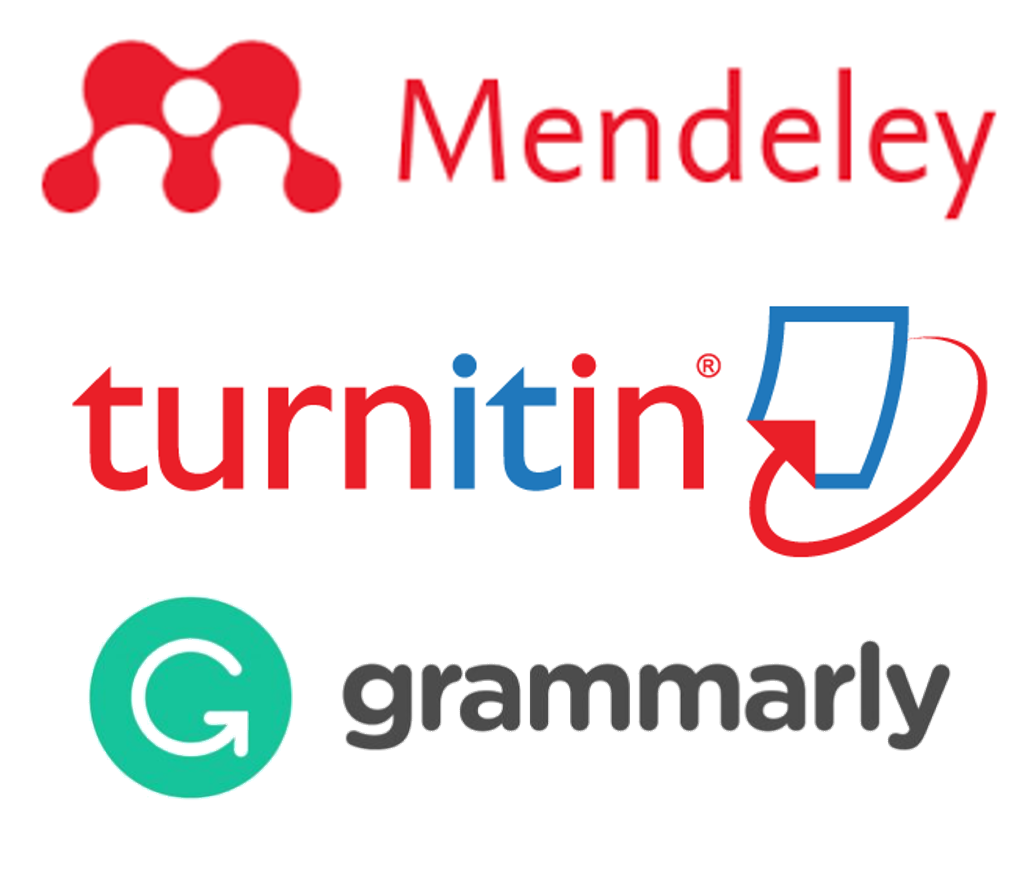Pemodelan Matematis Siswa SMP dalam Menyelesaikan Masalah SPLDV Ditinjau dari Gaya Belajar
DOI:
https://doi.org/10.26740/mathedunesa.v14n1.p149-174Abstract
Mathematical models are the product of the mathematical modeling stage. One of the causes of students' errors in solving SPLDV problems is changing them to mathematical models and the variety of learning styles that students have. This qualitative descriptive research aims to describe the mathematical modeling students in solving SPLDV problems in terms of learning style. The instruments used were researchers, learning style questionnaires, mathematical modeling tasks, and interview guidelines. Mathematical modeling data is obtained through mathematical modeling tasks which are analyzed based on mathematical modeling indicators and interview results which are analyzed by reducing the data, presenting the data and drawing the resulting conclusions. The results of this research indicate that visual students' mathematical modeling in understanding problems is dominated by using pictorial illustrations. In addition, this study also shows that auditory students experience confusion at the stage of making mathematical models, the process of making mathematical models is not systematic so that it causes confusion. Meanwhile, in mathematical modeling, kinesthetic students do not carry out the checking stage again because they feel confident. Based on the research results obtained, a teacher should develop learning strategies by paying attention to a student's learning style so that students can carry out mathematical modeling according to their learning style. Teachers should also provide visual students with the habit of trying to do calculations with different strategies to strengthen their validation stage. Teachers can also provide practice exercises related to the stages of making mathematical models, so that students with auditory learning styles are more accustomed to working systematically, so that they can reduce the confusion in making mathematical models experienced by auditory students. In addition, teachers should also emphasize kinesthetic students to recheck, so that the results of the solutions obtained can be confirmed to be correct.
Downloads
Downloads
Published
Issue
Section
 Abstract views: 128
,
Abstract views: 128
, PDF Downloads: 159
PDF Downloads: 159




